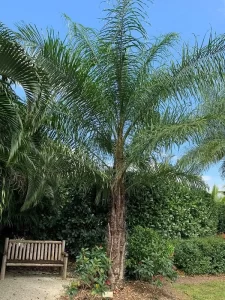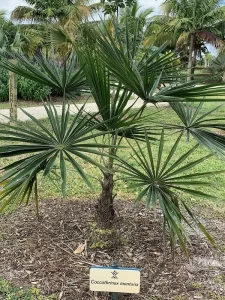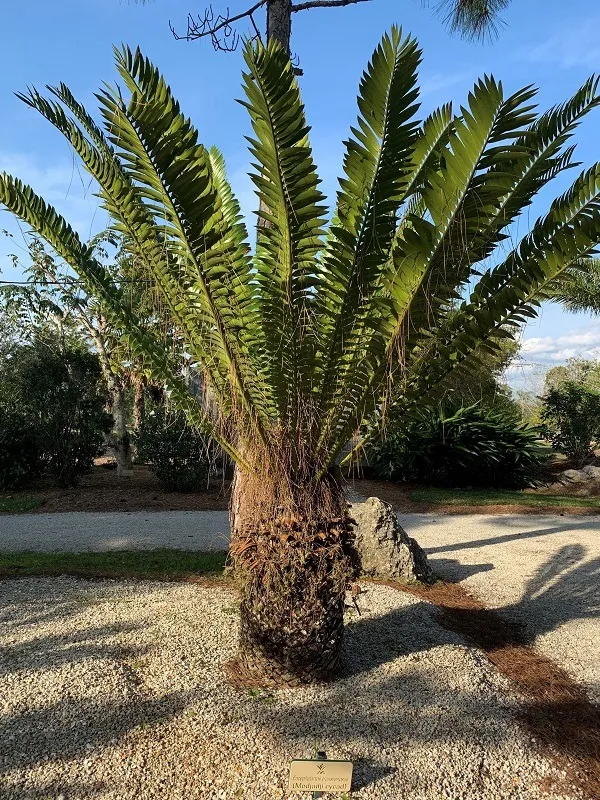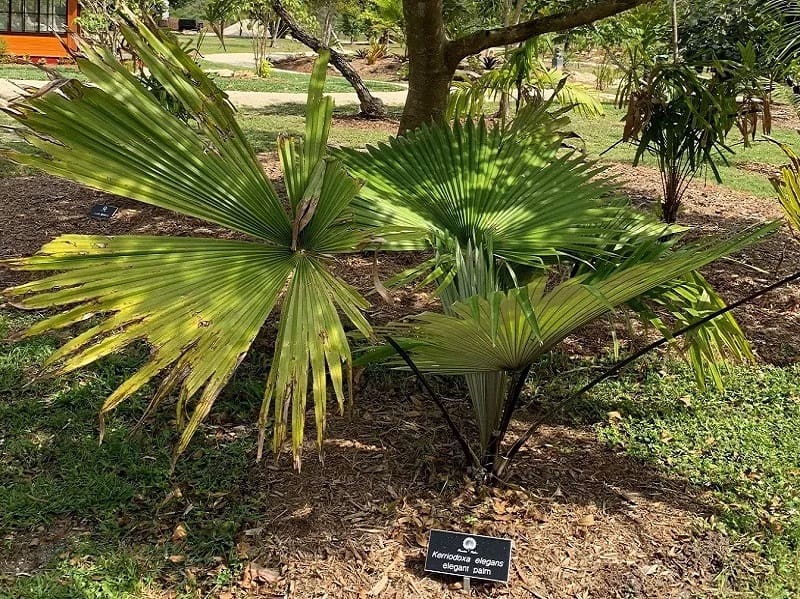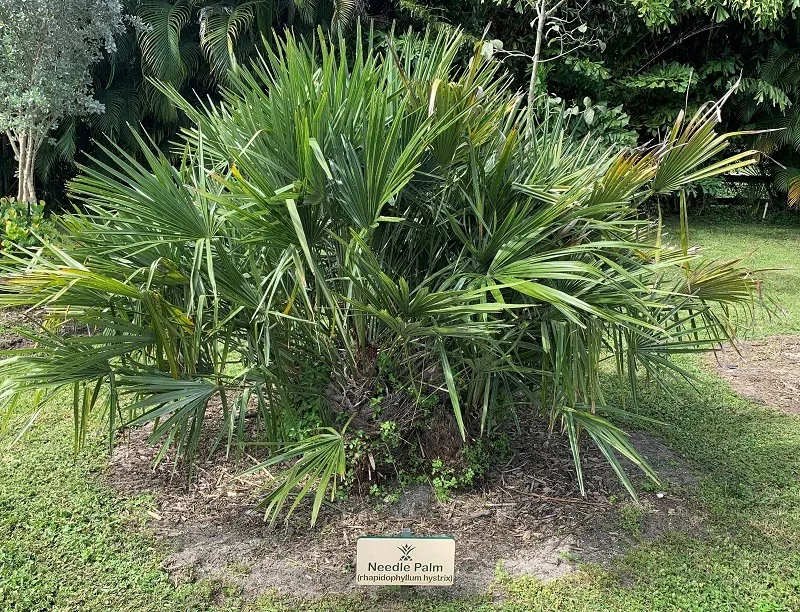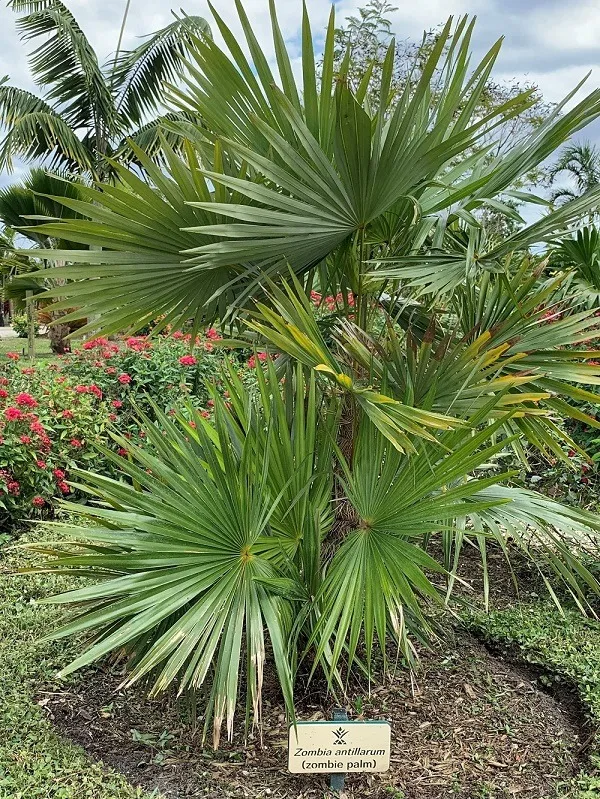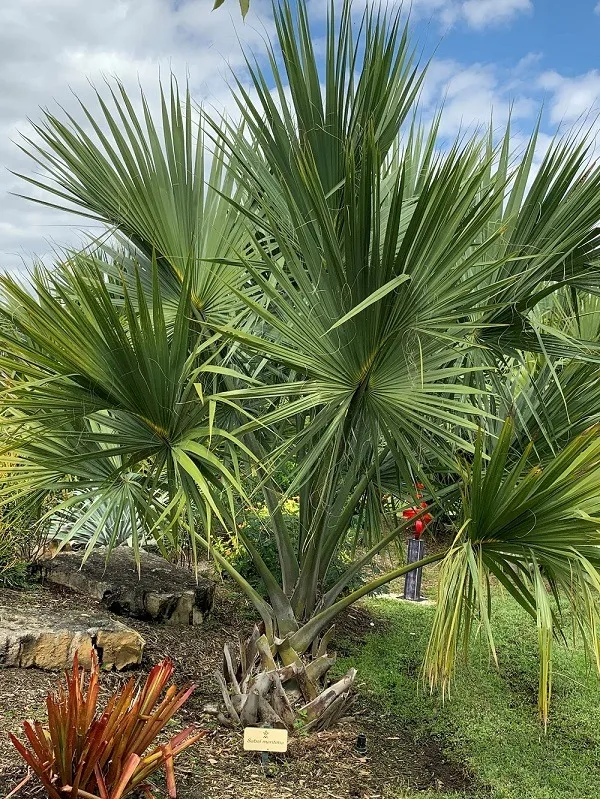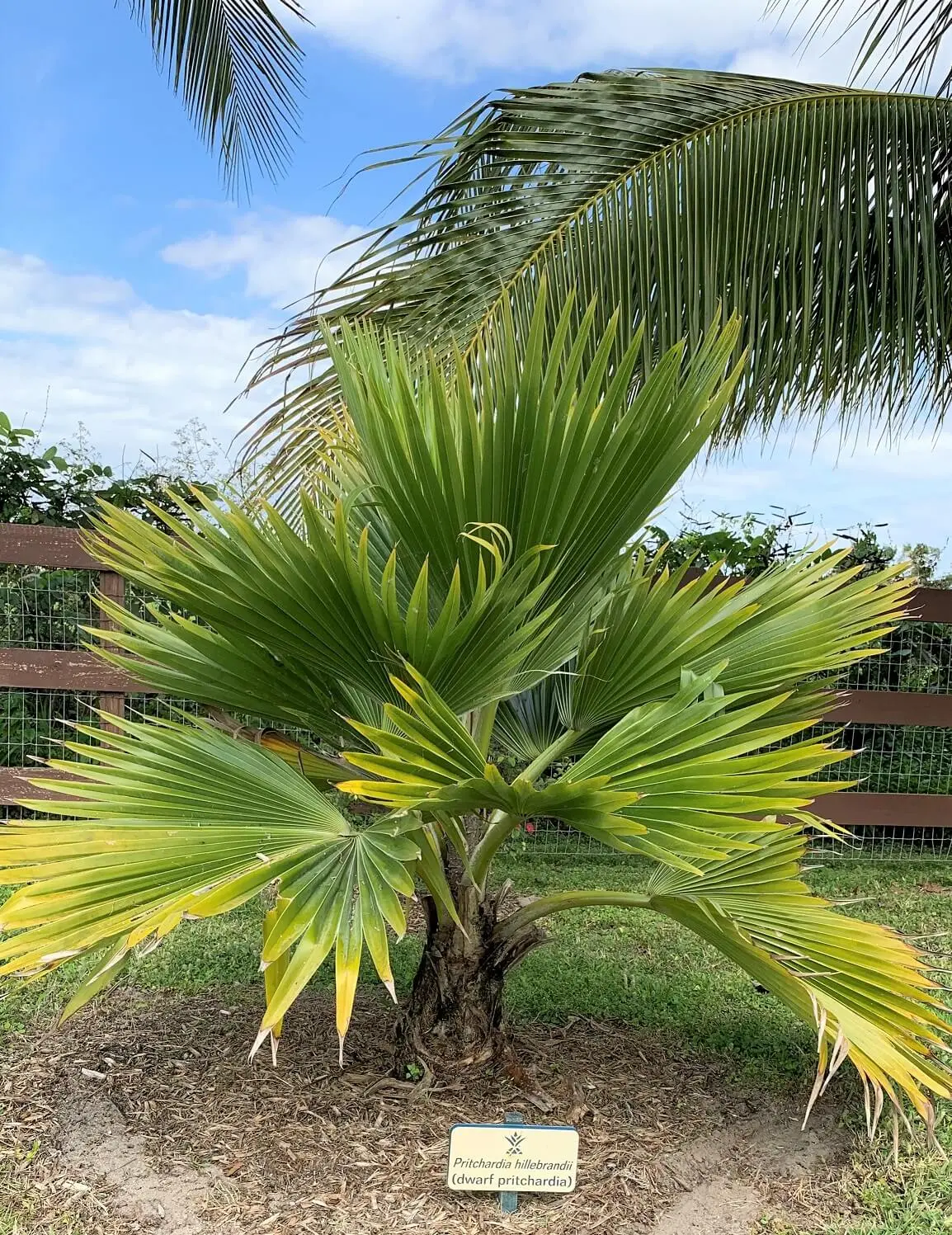HISPANIOLA
The Caribbean island of Hispaniola, comprising both the Dominican Republic and Haiti, stands as a botanical paradise, hosting an astounding diversity of over 35 distinct palm species. What makes this island particularly remarkable is that 23 of these palm species are endemic, exclusively calling Hispaniola their home and not found in any other part of the world.
This exceptional concentration of unique palm species on Hispaniola underscores the island’s significance as a hotspot of biodiversity, making it a treasure trove for plant enthusiasts and researchers alike. These endemic palms have evolved and adapted over time to the island’s specific ecological niches, weather patterns, and diverse terrains, leading to their exclusivity to this region.
The presence of these unique palm species serves as a testament to the geological and ecological history of Hispaniola. Their isolation on the island has fostered distinct genetic variations, creating a botanical heritage that is unparalleled. Studying these endemic palms not only offers insights into their evolutionary processes but also provides valuable information about the island’s environmental changes and biological interactions over time.
Moreover, the preservation of these endemic palm species on Hispaniola becomes imperative for conservation efforts. As these plants exist nowhere else on Earth, safeguarding their habitats and promoting their well-being is essential for maintaining the island’s biodiversity and preserving these unique biological treasures for future generations.
The extraordinary diversity and exclusivity of these palms on Hispaniola not only enrich the island’s natural beauty but also offer a rich tapestry for scientific research, fostering a deeper understanding of plant evolution and the intricate connections between flora and the environment. Their presence stands as a testament to the island’s ecological heritage and highlights the significance of preserving and protecting these invaluable botanical assets.
Collection Includes
Acoelorrhaphe ♦ Coccothrinax ♦ Leucothrinax ♦ Pseudophoenix ♦ Rhapidophyllum ♦ Roystonea ♦ Sabal ♦ Serenoa ♦ Thrinax ♦ Zamia


